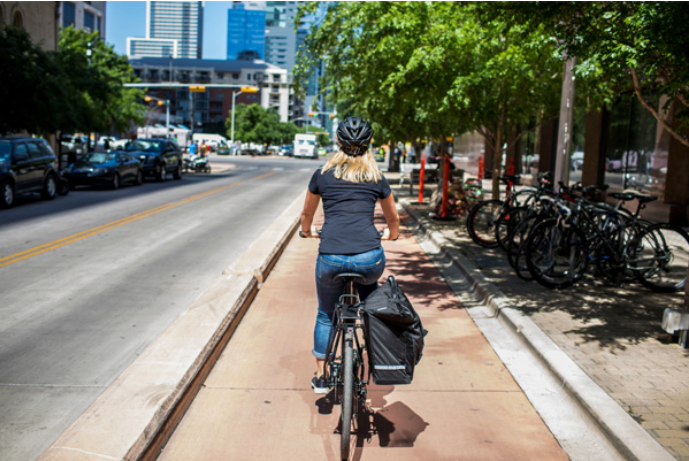Next, we offer you some recommendations to have a safe motorcycle trip:
Helmet use
Although it is the most obvious recommendation, it is important to note that 28% of motorcycle riders misuse the helmet, either by not wearing it or by using it incorrectly. It is the most essential element to operate a motorcycle and the one that is least used.
According to the World Health Organization, wearing a helmet reduces the risk of death by 40% and serious injury by 70%. Its correct use is key to safe driving.
When choosing a helmet, keep in mind the following recommendations:
Smooth, hard exterior with retro-reflective markings.
Internal filling not less than 25 thousandths of a meter
Flexible padding attached to the padding, which adjusts the helmet to the head, that is, that is for your size.
Belt retention system and buckle of two-hundredths of a meter minimum width that passed under the chin correctly fasten the helmet to the head.
Polycarbonate visor, preferably anti-fog to prevent fogging.
That the helmet is approved by IRAM standards, that is, that it was subjected to a series of processes and tests aimed at verifying that it meets all the necessary basic safety features.
If the helmet suffers an impact, you must change it because it loses effectiveness.
Driver and passenger position
The rider must adopt a posture that allows him to be in control of the motorcycle. Ideally, the hip should be as close to the fuel tank as possible and the knees should lightly press the tank. At the same time, the feet must be on the pedal.
The passenger also has to put his feet on the pedal and must be supported by the driver’s waist. Also, it must accompany the movements of the driver without intervening in the maneuvers.
Visibility
The blind angle when we ride a motorcycle limits our rear lateral vision and is often the main cause of many accidents.
The riskiest moments occur in lane changes, in traffic situations, or when a car behind us performs an unsigned or unforeseen maneuver. Some of the more experienced motorcyclists know how to avoid the blind spot by looking back quickly when changing lanes, but it is something that for a fraction of a second forces us to take our eyes off the road.
The best way to ride a motorcycle is to look at the rear-view mirrors frequently to have greater control over the rest of the vehicles on the road. Although many motorcyclists are reluctant to use the rearview mirrors, it is essential to incorporate them during driving, as they will give us an overview of what is happening behind us. Also, we must signal all the maneuvers that are carried out to warn the rest of the drivers of what we will do, either with the lights or the horn.
Driving
In a curve the idea is to adjust the speed before entering it, not to use either brakes or clutch to achieve greater grip.
Braking. Simultaneously apply brakes progressively, without clutch action to take advantage of the engine brake, while kneading the tank and maintaining the posture.
If it rains, it will be better to wait 10 to 20 minutes to get out, once the rain stops. This is to have more adherence.
At night it is advisable to wear light or reflective clothing with reflective fabric since the important thing is that the rest of the vehicles can see the motorcycle and the driver.






